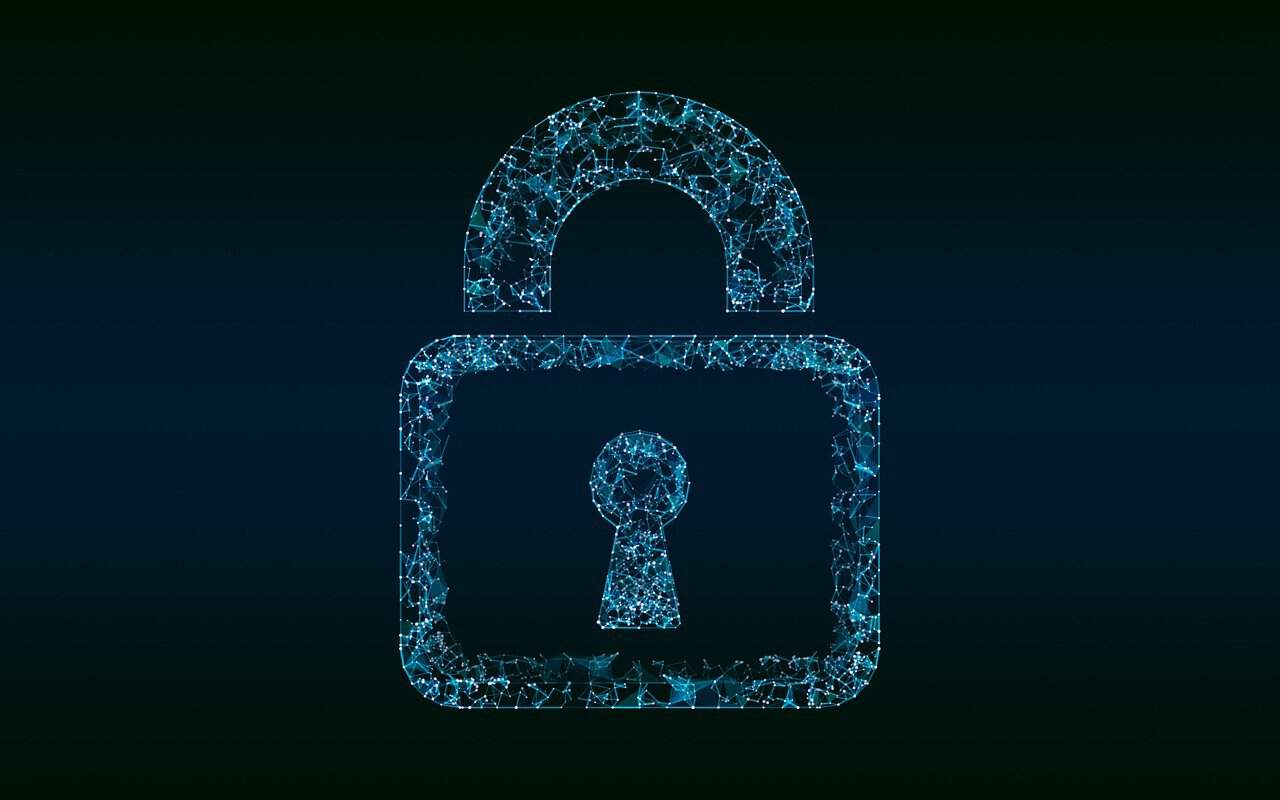Cybersecurity is something more and more businesses are becoming aware of, as businesses are vastly moving to be more digital nowadays. Because of this, though, keeping the security of your business’s sensitive data and resources has to be at the forefront of any cybersecurity plan. Cyber threats are a constantly evolving monster, meaning businesses need a constantly evolving cybersecurity plan to match.
Luckily, this can be done by strengthening your business’ access security. Read on to learn more about what access security entails and how to strengthen your access security to keep your business—and its data—safe.
Setting the Base for Cybersecurity
Access security forms the foundation of your business’s cybersecurity posture. It encompasses a range of strategies and technologies designed to control, monitor, and manage access to digital assets. Effective access security not only prevents unauthorized access but also mitigates the risk of data breaches and other cyberattacks. This can be done in a multitude of ways, including using multi-factor authentication (MFA) and more.
How Multi-Factor Authentication (MFA) Works
Multi-factor authentication (MFA) is a cornerstone of modern access security. By requiring users to provide multiple verification forms, MFA significantly enhances security compared to traditional password-based authentication. Implementing MFA across your organization’s systems and applications adds an impenetrable layer of defense against unauthorized access attempts, even if passwords are compromised.
Here’s a closer look at the components of MFA:
Something You Know
This typically refers to a password or PIN. Encourage users to create strong, unique passwords and avoid common pitfalls like using easily guessable information.
Something You Have
This could be a smartphone with a one-time passcode generator, a physical token, or a smart card. These physical devices add an extra layer of security by requiring possession of the device in addition to knowledge of the password.
Something You Are
Biometric authentication methods, such as fingerprint or facial recognition, fall into this category. Biometrics provide a high level of security as they are unique to each individual and difficult to replicate. However, they are merely an extra step to MFA and are not necessary so long as a secondary method (such as those provided in the previous section) is present.
Strengthening Password Policies
While MFA is effective, you can’t forget about that very first step: strong password policies. Consider the following best practices when coming up with passwords:
- Complexity Requirements: Encourage employees to create passwords that are at least 12 characters long and include a mix of uppercase and lowercase letters, numbers, and special characters.
- Regular Updates: Enforce regular password changes to minimize the risk of password-related attacks. However, avoid overly frequent changes, which can lead to weaker passwords due to predictability. A good rule of thumb is to change your password once a month.
- Password Managers: Encourage the use of password management tools that can generate and store complex passwords securely. This reduces the likelihood of employees reusing passwords across multiple accounts.
Role-Based Access Control (RBAC) in Action
Role-based access control (RBAC) defines permissions based on user roles within the organization. Here’s how RBAC works in practice:
- Granular Permissions: Assign specific permissions to roles based on job responsibilities. For example, a sales representative may have access to customer data but not financial records.
- Access Reviews: Conduct regular access reviews to ensure permissions are up-to-date and aligned with current job functions. Remove unnecessary permissions promptly to reduce the risk of privilege escalation attacks.
- Segregation of Duties: Implement segregation of duties to prevent conflicts of interest and reduce the risk of insider threats. For example, ensure that employees responsible for approving transactions are different from those who initiate them.
By implementing RBAC effectively, you can minimize the risk of unauthorized access to sensitive information while ensuring employees have the access they need to perform their roles efficiently.
Continuous Monitoring and Incident Response
Access security is an ongoing process that requires continuous monitoring and proactive incident response. Leverage security tools and technologies to monitor access logs, detect anomalies, and respond to security incidents promptly.
Key aspects of continuous monitoring and incident response include the following:
Security Information and Event Management (SIEM)
Use SIEM solutions to centralize and analyze log data from various sources. This enables the early detection of suspicious activities and potential security threats.
Real-Time Alerts
Configure alerts for unusual login attempts, unauthorized access, or other suspicious activities. Prompt action based on these alerts can prevent security incidents from escalating.
Incident Response Plan
Develop and maintain an incident response plan that outlines procedures for responding to security breaches. Ensure all employees are aware of their roles and responsibilities during a security incident.
By establishing robust monitoring mechanisms and a well-defined incident response plan, you can effectively mitigate security risks and minimize the impact of potential breaches.
Employee Training and Security Awareness
Empowering your employees with cybersecurity knowledge helps to maintain a strong access security posture. By fostering a culture of cybersecurity awareness and providing ongoing training, you empower your employees to be vigilant and proactive in protecting sensitive information.
Conduct regular security awareness training sessions and programs to educate employees about the following:
Phishing Awareness
Teach employees how to recognize phishing attempts and avoid clicking on suspicious links or providing sensitive information.
Social Engineering Risks
Highlight the risks of social engineering attacks, such as pretexting or baiting, and educate employees on best practices for verifying requests for sensitive information.
Device Security
Emphasize the importance of securing devices, including laptops, smartphones, and tablets, with strong passwords, encryption, and security updates.
Data Handling Practices
Train employees on secure data handling practices, such as encryption, data classification, and secure file-sharing methods.
A Holistic Approach to Access Security
In conclusion, strengthening access security for your business requires a holistic approach that encompasses multiple strategies and best practices. Implementing multi-factor authentication (MFA), strengthening password policies, leveraging role-based access control (RBAC), continuous monitoring, incident response readiness, and employee training are all components that will lead you to a strong access security framework that can keep your business’s data safe.
By prioritizing access security and staying vigilant against evolving cyber threats, you can protect your business’s sensitive data, maintain customer trust, and safeguard your organization’s reputation and success in this digital age.
If you’re feeling overwhelmed when it comes to accessing security, our team at CMIT Solutions Concord can help you. Contact us today to learn more about our IT and cybersecurity solutions and get your business everything it needs to run smoothly and safely.





